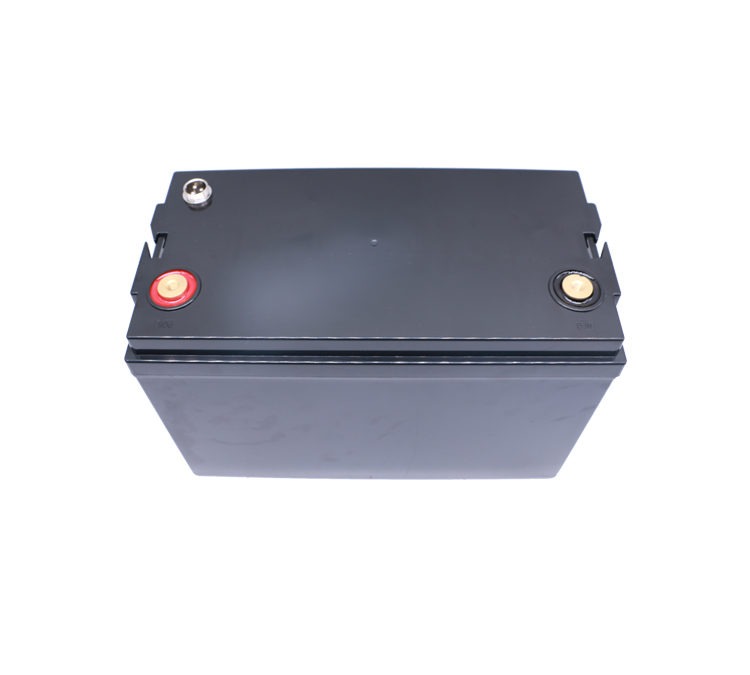Requirements of solar energy storage batteries for solar controllers
The controller plays a significant role in the normal operation of a photovoltaic system. Different applications and sizes of photovoltaic systems require different controller functions. The controller has a direct impact on the lifetime of the solar system components and the reliability of the whole system.
1. You should choose a controller with low power consumption and high charging efficiency, the controller works 24/7, if its own power consumption is large, it will consume part of the electricity, it is best to choose a controller with a power consumption of 1 mA (MA) or less.
2. The solar controller must have the protection function for the battery and other components.
Overload protection
Short circuit protection
Reverse discharge protection
Reverse polarity protection
Lightning protection
Undervoltage protection
Overcharge protection
3. Waterproof controller, the controller is generally installed in the lampshade, battery box, generally will not enter the water, but in the actual engineering cases of the controller terminal connection line often because of rainwater along the connection line into the controller caused by short circuit.
4. Other technical requirements for solar controllers.
4.1 Charging circuit voltage drop not greater than 0.26V
4.2 Discharge circuit voltage drop of not more than 0.15V
4.3 Over-voltage protection 17V, ×2/24V.
4.4 Operating temperature industrial grade: -35°C to +55°C.
4.5 Boost charging voltage 15.0V; ×2/24V; (maintenance time: 10min) (call only when over-discharge occurs)
4.6 Direct charge charging voltage 14.8V; ×2/24V; (maintenance time: 10min)
4.7 Floating charge voltage 13.6V;×2/24V; (maintenance time: until it drops to the charge return voltage action)
4.8 Charge return voltage 13.2v; ×2/24V.
4.9 Temperature compensation -5mv/°C/2V (boost, direct charge, float charge, charge return voltage compensation);
4.10 Under-voltage voltage 12.0V; ×2/24V.
4.11 over-discharge voltage 11.1V – initial over-discharge voltage corrected for discharge rate compensation (no-load voltage); x 2/24V.
4.12 Over-discharge return voltage 12.6V; x 2/24V.
The supplier does not guarantee the battery in the following cases, but only provides maintenance or repair for a fee.
1. If, in the course of use
A system configuration changes, B battery in deep discharge, the system can not ensure that the battery is fully charged again, resulting in a longer period of battery loss, C buried storage battery waterproof unreasonable battery short circuit, D battery use of the ambient temperature exceeds the specified temperature range resulting in battery failure.
E the controller can not meet the protection of the battery and thus lead to the battery quality problems F the photovoltaic panel charging problems lead to the battery. The charging of the battery is not enough, causing long-term battery loss, G improper line arrangement, poor contact leads to battery output voltage, charging voltage is too low, H configuration of the battery capacity is too large, caused by the battery charging is not enough.
2. When the system configuration is reasonable, the usage is appropriate and the installation is reasonable, or in the case of other force majeure and human factor damage, any of the abnormalities occur, resulting in abnormal battery products, the supplier can restore the battery appropriately, but the costs incurred are borne by the demander.
